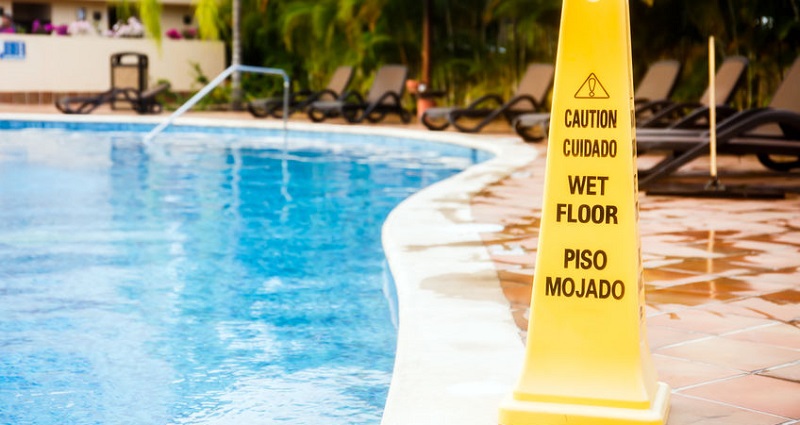When a Colorado slip-and-fall accident occurs outdoors, courts will decide whether the property owner actually controlled the area.
Is there a difference, legally speaking?
Slip-and-fall incidents can happen inside or outside. But no matter where the accident occurs, any potential legal claim will typically be based on a theory of negligence or premises liability.
This means the property owner has a duty to maintain the premises and keep them safe for visitors, and the failure to perform this duty might result in liability for injuries resulting from the unsafe conditions.
Indoor Slip-and-Fall Claims
When a slip-and-fall accident occurs indoors, the following factors could play a role in the claim:
- Floors. The property owner has an obligation to keep the floors free of debris, spills, and other obstacles, particularly if the property is a business that customers will be frequenting.
- Worn carpeting. Carpeting that is worn, damaged, frayed, torn or rippled, or has holes can be a huge source of liability if it causes someone to trip, fall, and suffer an injury.
- Stairs. Interior stairways need to be safe and well-maintained, complete with handrails and warning signs posted wherever necessary. Businesses need to be fully accessible to people with handicaps.
- Elevators/escalators. Elevators and escalators are frequently the sites of slip-and-fall accidents. To prevent injuries, they need to be kept in good working order and free from debris that could cause someone to fall.
A property owner’s liability for indoor injuries would extend to all areas that he or she has control over, including common areas such as hallways, entryways, and foyers.
Outdoor Slip-and-Fall Claims
Outdoor slip-and-fall injuries can be just as devastating as those occurring indoors, although the circumstances involving them are usually somewhat different:
- Adverse weather conditions. Rain, sleet, snow, and hail can make outdoor conditions slippery and treacherous, and if left unattended, can lead to serious slip and fall injuries.
- Poor lighting. The absence of outdoor lights, particularly near entrances, stairs, and outdoor walkways, can disguise hazards that may be visible in the daytime but unseen at night, sometimes resulting in slip-and-fall accidents.
- Parking lots. The surface of parking lots and outdoor parking structures are collectors for oil and grease left by vehicles, which in turn can cause someone coming or going to slip and fall.
- Property owners will usually be found liable for injuries caused by cracked, uneven, and poorly maintained sidewalks within the borders of the property.
Regarding outdoor claims, the property owner is responsible for maintaining only property he or she owns. While local governments usually maintain sidewalks and streets, there are sometimes gray areas present outdoors, such as when part of the owner’s property extends into public areas, such as when a tree branch overhangs the property line over a neighbor’s roof.
A court will examine whether the owner of the property actually controlled the area where the slip-and-fall injury occurred, and determine whether he or she could have done anything to prevent it. Generally speaking, it can be easier to find a property owner liable for an indoor slip-and-fall injury as opposed to one occurring outdoors.
Did you suffer serious injuries in a slip-and-fall accident and are considering making a premises liability claim? Contact Colorado personal injury attorney Daniel R. Rosen for a free consultation to discuss your options for recovery.

